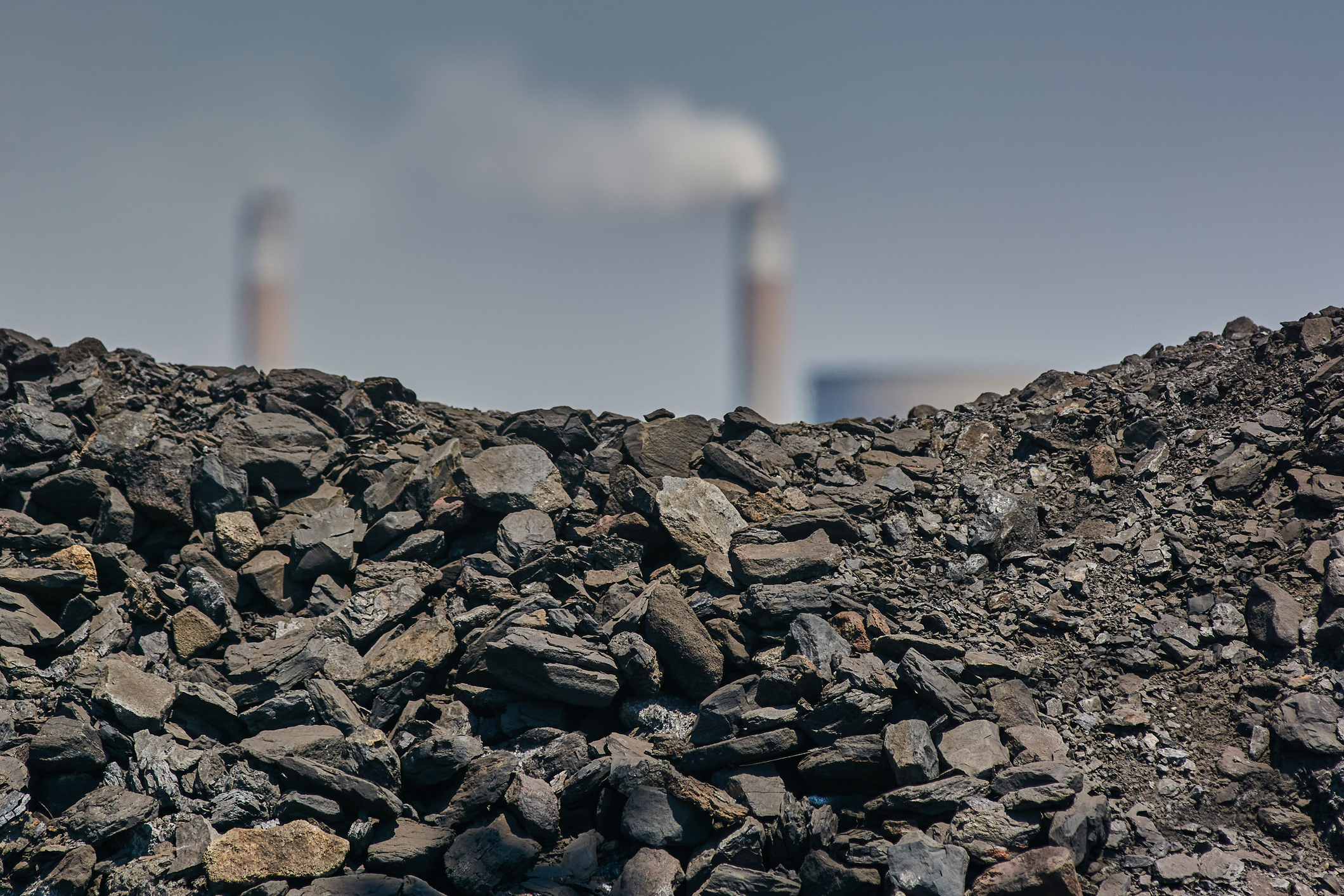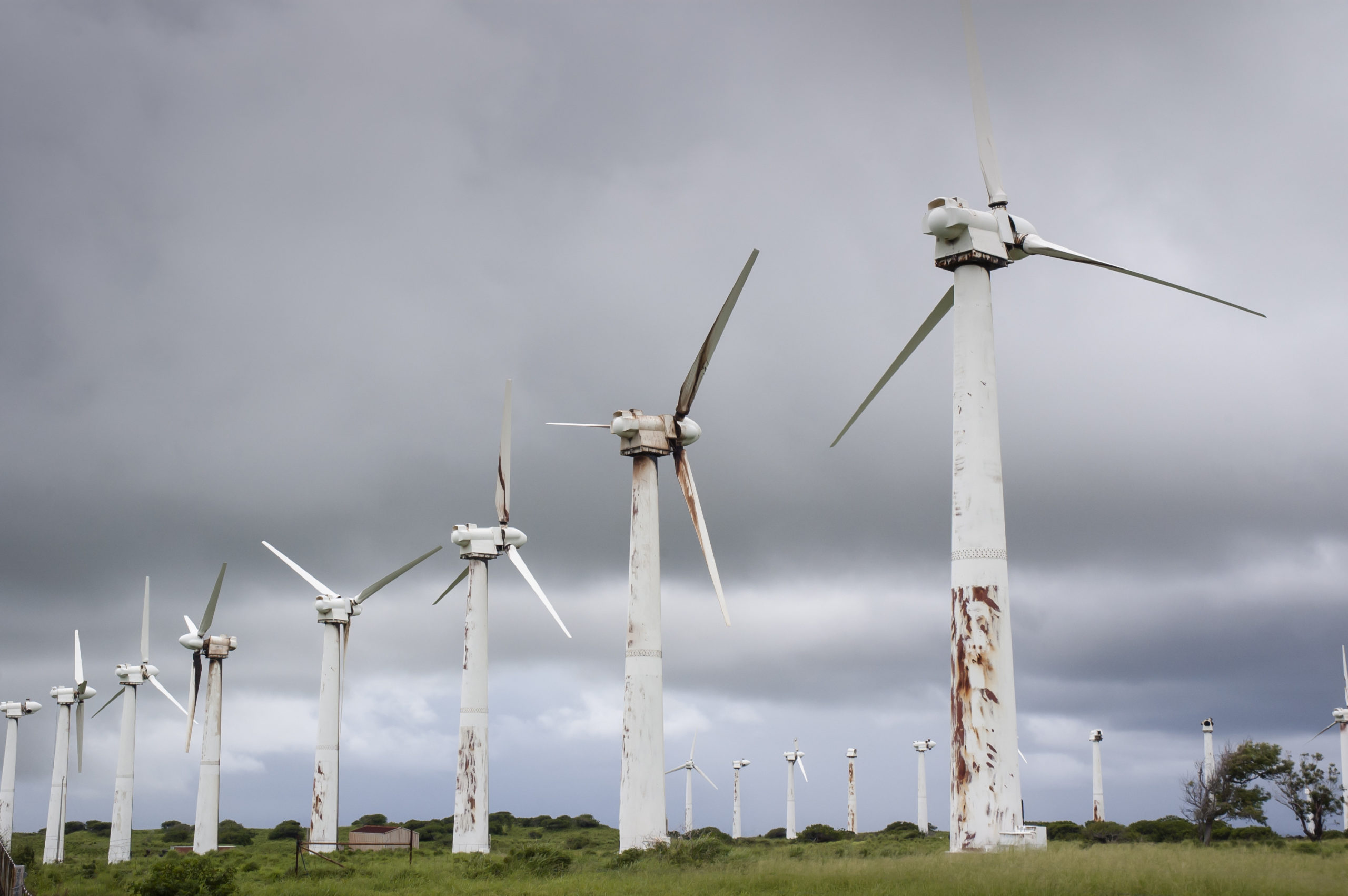The U.S. government must come clean on energy goals and incentives.
Bad CARBs

A case study in out-of-touch environmental regulation and its disastrous effects.
One of the most powerful environmental regulators in the country is set to upturn a critical part of the trucking industry—again. The California Air Resources Board (CARB) has opened up a public comment period until October 27 on a new proposed rule, the Advanced Clean Fleet rule, which would ban the sale of diesel-fueled commercial vehicles in California by 2030.
No one knows exactly how this rule will play out in the years to come, least of all CARB, which does not concern itself with details like the lengths of haul run by the trucking carriers based in California, the performance characteristics of commercially available battery-electric vehicles, or indeed their affordability and total cost of ownership. As technology advances, we’re told, the logic of the Board’s decision will be revealed in the fullness of time.
The rule being considered by California regulators today bears all the hallmarks of a regulation concocted deep in the bowels of CARB, hermetically sealed off from any consideration of the operating models of California truckers. Californian carriers are crucial links in the national supply chain, because not only do they connect North America’s largest port complex at Los Angeles and Long Beach to the rest of the country, but they also keep the nation fed with Californian produce.
In particular, the most profitable routes—longhaul runs from agricultural regions in the Salinas and Imperial Valleys to vast food distribution complexes outside of Chicago and New York—would likely be closed off from California trucking carriers under the Advanced Clean Fleet Rule. These routes are often driven by teams of two drivers who keep their refrigerated trucks moving nearly constantly, making a cross-country trip in three days.
Based on what we know about battery-electric vehicles, driving thousands of miles over the Rocky Mountains in freezing temperatures (the strawberry harvests in San Diego County start in January and peak in April) is an especially ill-suited use case. Batteries have limited range, lose capacity in the cold, and would already be under increased load from running temperature-control units on the trailer.
It’s not that the Advanced Clean Fleet rule would prevent fresh produce from reaching the interior of the country. It’s that California trucking carriers, presumably buying trucks in the state, would be effectively shut out from the most profitable freight leaving California. Other carriers, likely large trucking companies with nationwide networks, would take over those routes with their own diesel trucks purchased in saner states.
If history is any guide, it’s highly unlikely that CARB has thought much about the impact that a switch to battery-electric trucks would have on carriers’ operations.
The ACF is the successor and sequel of 2007’s rule, whose unintended consequences ruined the economics of port trucking about a decade ago. The rule’s goal was to improve air quality in Los Angeles—or in CARB’s cartographic jargon, the “South Coast Air Basin”—by accelerating port truckers’ adoption of newer and cleaner-emission trucks.
Nine years after this rule’s final phase was implemented, it’s unclear how much it improved air quality—ozone exceedances occurred more often in 2020 than in any year in the decade prior to the rule. But the disastrous effect it had on port trucking is unmistakable, and it’s a story worth telling.
Wreckage
First, a word about port trucking, also called “drayage.” Drayage carriers typically used trucks that would be considered “clunkers”: older trucks nearing the end of their useful lives which were no longer suitable for long-haul operations. They weren’t as reliable and as efficient as the newer trucks, so increased unplanned maintenance and fuel consumption made them less profitable for the demands of longhaul highway work. But their low fixed costs, in terms of lease and insurance payments, made these older trucks suited to working the thin-margin job of moving ocean containers from the port a few dozen miles to a warehouse for transloading or to a railroad ramp for loading onto an intermodal train.
Drayage drivers in Los Angeles and Long Beach don’t have a particularly difficult job, as far as trucking goes—they didn’t have to secure complicated flatbed loads with straps and tarps, or drive into unfamiliar areas, or plan complicated multi-stop routes—but the work is steady and they get to spend every night at home. The pay isn’t great, even for trucking, but for a lot of immigrants trying to make it into the trucking industry, it’s a first step that made sense.
The drayage carriers who took low-paying jobs shuttling shipping containers around greater Los Angeles could eke out a profit if they kept their fixed costs low, but they couldn’t afford to upgrade their new fleets. Although the rule started by immediately banning pre-1989 model years, the real kicker came in 2013, when all trucks were required to meet 2007 emission standards.
The drayage carriers couldn’t afford to replace their entire fleets, so they switched to a lease-to-own model: the carrier purchased the truck and converted their former full-time employee to an independent contractor who now leased the truck from the carrier. Lease payments were automatically taken out of the drivers’ pay, plunging their compensation far below minimum wage, from thousands of dollars every few weeks to hundreds.
Semi-literate immigrants who missed a week or two of work—and lease payments—because of family hardship would then lose the truck for which they had paid tens of thousands of dollars, as the Los Angeles Times and USA Today reported. Thousands of labor complaints were filed in the subsequent few years as drivers protested their reclassification as contractors.
The upshot is that environmental regulators, completely incurious about trucking carriers’ financial operations, imposed an onerous capital expense that ultimately had to be shifted onto the drivers in an ugly, exploitative labor arrangement that ruined lives and eventually required the intervention of another bureaucracy, the state labor board, to sort out. The state labor board awarded millions of dollars to the drivers, bankrupting even the largest drayage carriers, like Total Transportation Services Inc., within a few years.
The swift destruction of thousands of drivers’ livelihoods and millions of dollars of corporate equity was just collateral damage for CARB, which was busy writing new diktats while Los Angeles County childhood asthma rates ignored state regulators and climbed from 6% in 2000 to 9% in 2011, then to 15.6% in 2014. The whole affair became a parable of exactly the sort of obliviousness and self-satisfaction that too often leads environmentalist regulators to destroy the industries they undertake to cleanse of impurities, destroying supply chains and working-class lives in the process.
If the Advanced Clean Fleet rule is implemented, we can expect similar results for California’s transportation industry: harsh economic impacts hitting a marginally profitable industry; regulatory chaos as carriers struggle to find workarounds and adapt; a new wave of corporate restructuring and bankruptcy; and ultimately a permanent competitive disadvantage for California-based businesses.
There are other ways of reducing the carbon footprint of critical North American supply chains, but they involve working directly with transportation companies to understand their operations. Some multinational retailers and manufacturers are, right now, trying to find out how to incentivize trucking companies to run more efficiently in return for higher rates, or more freight, so they can reduce their Scope 3 emissions.
Enlarging the capacity of the railroad system in Southern California—rail emits approximately 25% of the carbon that trucking does, on a ton-mile basis—should have been the state’s first priority in improving air quality. But that would have required flouting powerful, deeply entrenched real estate interests in LA, not simply bullying the lowly trucker.
Southern California, by virtue of its awe-inspiring port and bountiful agricultural harvests, is absolutely critical to stocking the nation’s stores and feeding its people. Rapid, inexpensive transportation capacity out of that region and into the rest of the United States is necessary, but CARB now poses a legitimate threat to those distribution networks.
To avoid a repeat of the embarrassing 2012-2016 port trucker fiasco, CARB should write regulations not simply derived from algorithmic “science-based” emissions standards, but in collaboration with industry stakeholders. CARB should understand the physics involved in moving refrigerated food from farms in El Centro to warehouses in Joliet, Illinois, and the economics of running a carrier that charges its customers by the mile.
The economic security of the state, and indeed the country, increasingly depends on environmental regulators taking their powers seriously and carefully considering the second- and third-order effects of their decrees.
The American Mind presents a range of perspectives. Views are writers’ own and do not necessarily represent those of The Claremont Institute.
The American Mind is a publication of the Claremont Institute, a non-profit 501(c)(3) organization, dedicated to restoring the principles of the American Founding to their rightful, preeminent authority in our national life. Interested in supporting our work? Gifts to the Claremont Institute are tax-deductible.
The Biden Administration is outsourcing pollution and weakening America’s energy reserves.
The Right needs a total vision overhaul on energy.
E.U. energy mandates impose needless suffering in the name of elite fantasy.
Can we protect the planet without kneecapping the economy?





